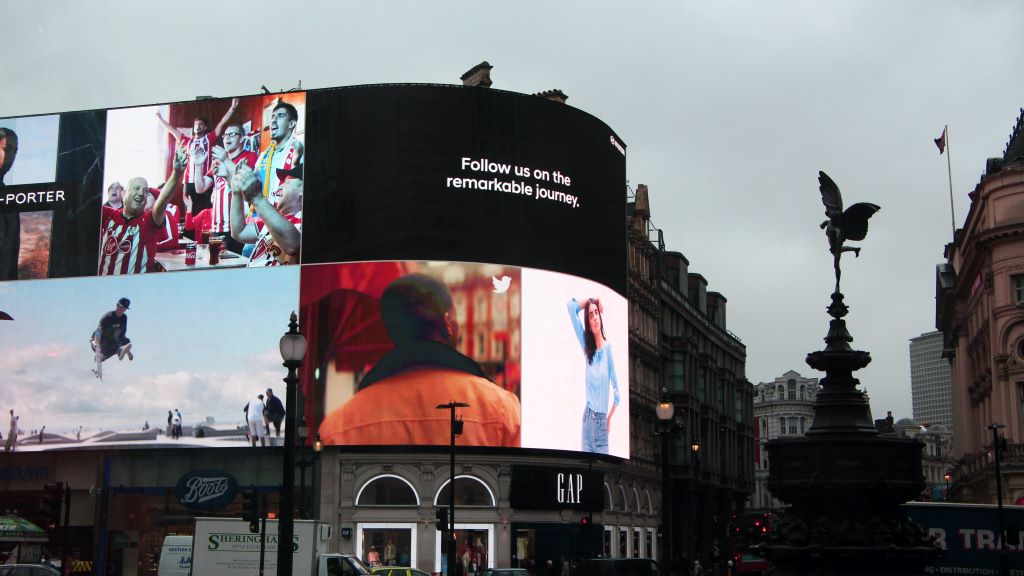
IESE Insight
Marketing appeals to consumers’ hearts, minds and past experiences — not necessarily in that order
Among advertising sequences, there’s a gold standard to build brand appeal in consumers’ minds.
On your screen, a woman is driving to work. She touches her neck and grimaces. She has an important presentation to give — but also a sore throat. A job promotion hangs in the balance. She pops a lozenge into her mouth. A voiceover describes fast-acting relief, vitamins and soothing honey. A golden light radiates from her throat. We cut to her giving the presentation to smiles and applause.
This isn’t just an ad, it’s ACE — a model many advertisers use to induce the mindsets that lead consumers to buy — with each letter standing for:
- emotional content to evoke Affect;
- informational content to appeal to Cognition;
- a product demonstration that connects with a consumer’s prior Experience of the product or brand.
Yet, while most advertisers agree that these three elements are critical components of an ad campaign, there’s some debate about the order in which they should be deployed. Should consumers be asked to think and then feel, or vice versa? Is it the last element that has the strongest effect on sales? Do ads have a stronger effect on consumer emotions or cognition?
IESE’s Albert Valenti and co-authors Gokhan Yildirim, Marc Vanhuele, Shuba Srinivasan and Koen Pauwels looked at sales data from 178 fast-moving consumer good brands in 18 categories over seven years to see which order predominated and which was most likely to drive sales. Their findings were published in the International Journal of Research in Marketing.
They found there was a clear winner in terms of the usual order of consumer mindsets triggered by advertising, but also that there was some variation between products that are utilitarian (e.g., cleaning or shaving products) or hedonic (e.g., beer or makeup).
To be clear, these aren’t the sequences of events that appear in the advertisements themselves. “That’s not what we looked at,” says Valenti. “Instead, we pull from data on goods, consumers and their responses to how connected they feel to brands, and we develop a model to disentangle whether advertising triggers each of these elements in consumer minds, and in which sequence.”
If in doubt, ACE it
There’s a common conception in advertising that playing to emotions is key. But cognition — the act of processing information and using it to form a judgment — is just as important as appealing to feelings. In fact, it is cognition that best activates consumer responsiveness, particularly when it is the last element deployed in sequence in the consumer’s mind.
So, advertisers must weigh and mediate the competing effects of the three elements. They can create a range of sequences that will trigger one kind of effect versus another in the minds of consumers, from ACE to ECA. That said, in this study of fast-moving goods, one sequence did predominate. The classic ACE model remains fail-safe. This is the case across the range of fast-moving products, but particularly so with utilitarian products.
Beyond the broad utilitarian and hedonic categories, there is the issue of differentiation — how much a brand stands out (or not) within its category. Can a brand easily be substituted for another? If so, it has low differentiation. This differentiation exists within both utilitarian and hedonic products, and it has its own effects on advertising sequence effectiveness.
For instance, Valenti’s paper shows that, in the utilitarian category, highly differentiated brands can expect seven times higher advertising responsiveness than less differentiated brands — a striking finding with implications for how advertising budgets can be best deployed.
The rationale behind a hedonic purchase
Among fast-moving goods that are hedonic rather than utilitarian, such as makeup, the ACE sequence is still favored overall — with the exception of when a brand is both hedonic and highly differentiated.
An example is the craft beer industry, where brand uniqueness is important. Here, AEC (feeling, then experience, then thinking) predominated. This might seem counterintuitive for products designed for enjoyment, but there may be a logic to it.
Although outside the scope of this study, Valenti finds it plausible that consumers of hedonic products are more interested in understanding what makes their brand special. These are also high-status products with steep competition, needing to differentiate themselves in a crowded market — the use of traditional fermentation techniques or unique ingredients can stand out. Moreover, as such products can be pricey (and therefore high-risk for consumers), prior research suggests that a reason-based sales approach can assuage buyer’s guilt or remorse.
While much remains to be learned of the advertising models of disruptor brands, as well as the economic and cultural differences that drive marketing campaigns, managers can generally be confident deploying the classic ACE sequence. That said, they should also assess brand-level data to assess performance, design campaigns and decide how advertising budgets should best be leveraged.
About the research
The authors studied sales data from 178 fast-moving consumer good brands in 18 categories over seven years. For each brand, they compared six different sequences of Affect, Cognition and Experience. They measured which element was most important in driving sales and which was most responsive to advertising, in order to design sequences that would mediate these two effects.

